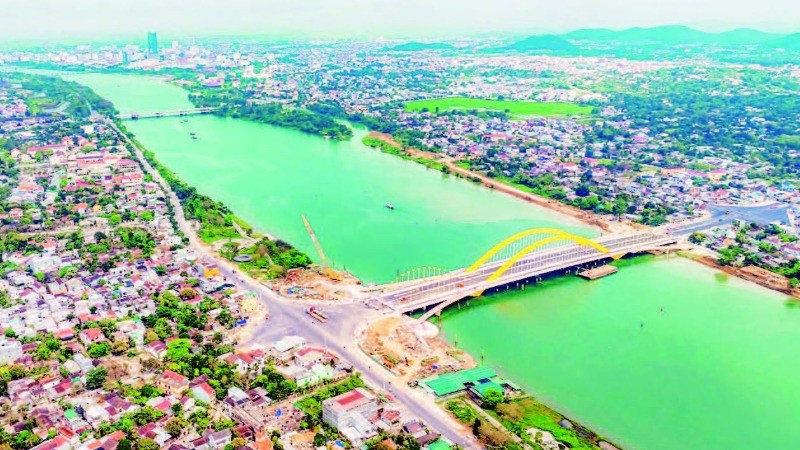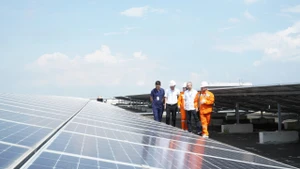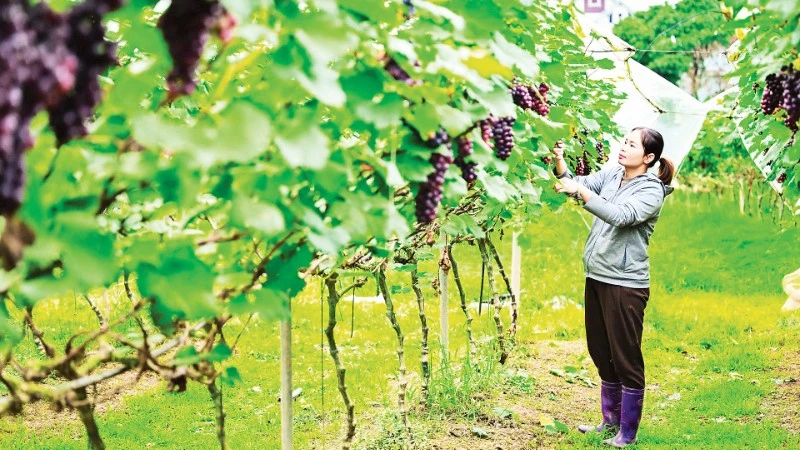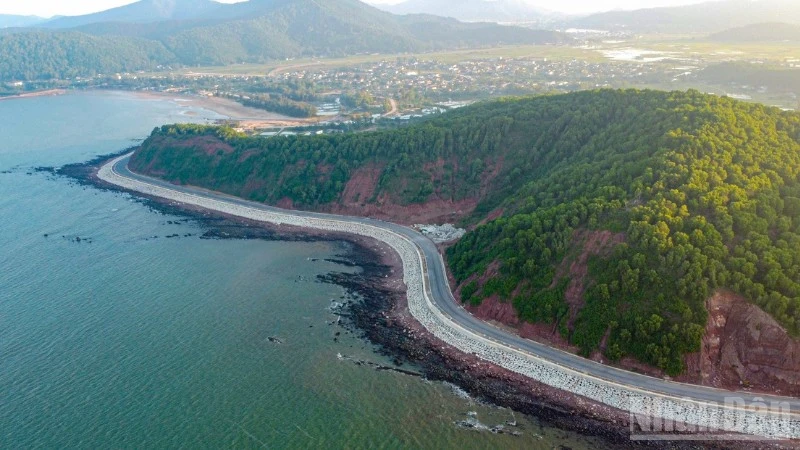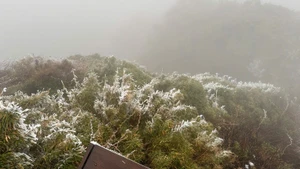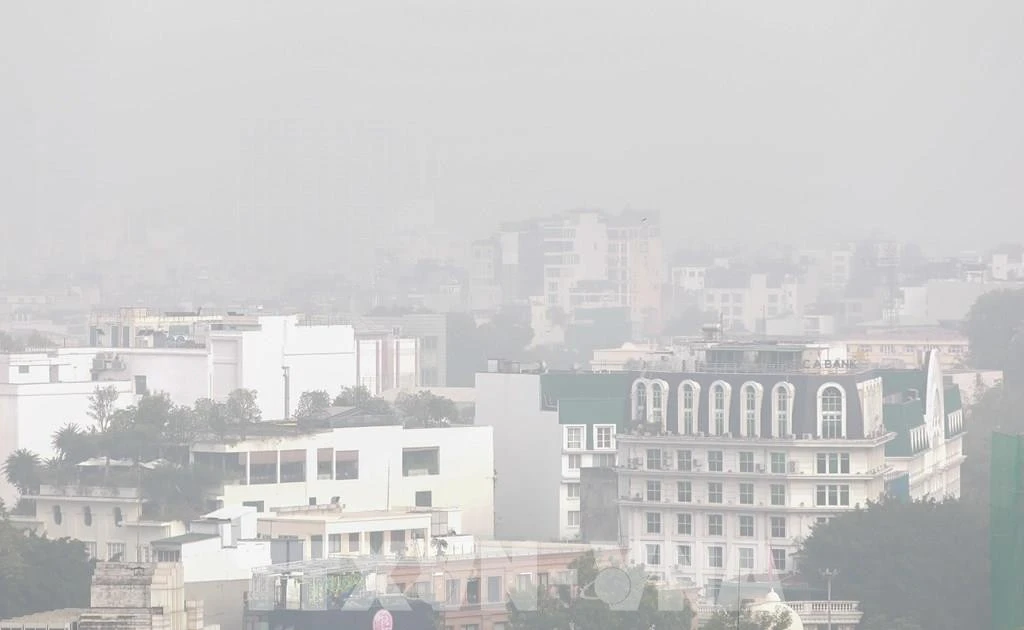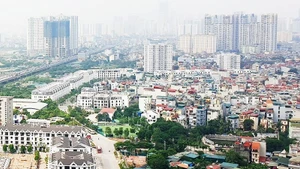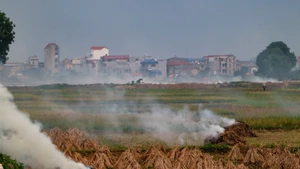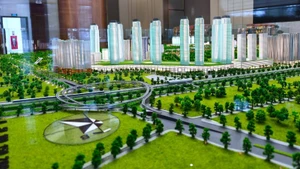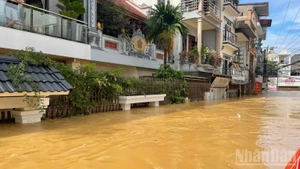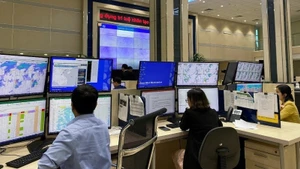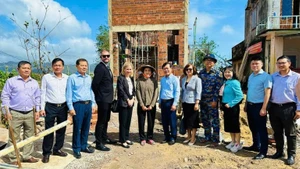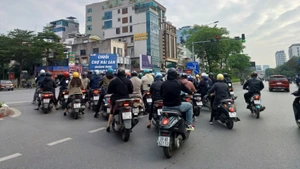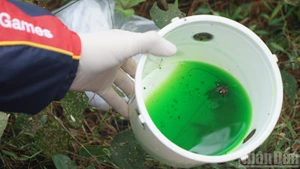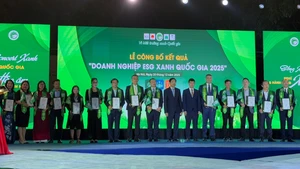Key environmental projects
One of the most important projects in Hue’s environmental development strategy is water environment improvement. The project has a total investment of up to 24 billion JPY, funded by the Japanese government through the Japan International Cooperation Agency (JICA). The project focuses on renovating and building more than 298 km of mixed drainage systems, while constructing eight wastewater pumping stations.
Wastewater will be separated at 96 separation wells and transferred to a wastewater treatment plant with a capacity of 30,000 cubic metres per day, using activated sludge technology to treat water. The project aims to reduce flooding and improve water quality in the Perfume River and other rivers in Hue. This project helps reduce environmental pollution, improve living conditions for residents and contribute to sustainable city development.
Additionally, Hue is also implementing a project for the development of second-tier cities, with components to improve environmental infrastructure such as: drainage systems, embankments and dredging for flood prevention, while creating green spaces for Hue’s urban areas.
Biodiversity conservation and raising community awareness
Biodiversity conservation is a priority in Hue’s development strategy. The city participates in biodiversity conservation projects, notably the Greater Mekong Subregion Biodiversity Conservation Corridors Project and the Biodiversity Conservation and Climate Change Integration Project. Hue builds and manages conservation areas, restores forest areas, especially in the Tam Giang - Cau Hai area, which has a lagoon ecosystem and rare wild bird species.
Afforestation activities and forest-based livelihoods have also been implemented, helping to improve livelihoods for local communities and protect ecosystems. These conservation areas not only help protect natural resources but also promote ecotourism, one of the city’s key economic sectors.
One of the important factors in building a green city is raising community awareness about environmental protection. Hue has launched many communication campaigns, notably the “Green Sunday” movement, with the goal of changing people’s habits in environmental protection. This campaign has spread strongly, encouraging people to participate in waste sorting at source, reducing the use of plastic bags, while recycling and processing waste effectively.
Hue organises environmental education programmes in schools, helping the younger generation to form environmental awareness from an early age. At the same time, media agencies and social organisations also actively participate in conveying environmental protection messages to the entire community.
Challenges and solutions for sustainable development
According to Hue Vice Chairman Hoang Hai Minh, despite many achievements, Hue still faces a number of challenges in achieving the goal of becoming a green and sustainable city. He said one of the major issues is the lack of synchronised technical infrastructure, especially in waste collection, treatment and drainage systems. In addition, littering and environmental awareness among some people are still limited.
Furthermore, the city faces negative impacts from climate change such as storms, floods and droughts, causing difficulties in maintaining and developing environmental protection projects. However, with continuous efforts and international cooperation, especially support from JICA, Hue can overcome these challenges.
“In the coming years, Hue will continue to implement projects on waste treatment, improving drainage systems, protecting biodiversity, and developing green transport. The city will promote the Green Sunday campaign, strengthen publicity about environmental protection and encourage people to use environmentally friendly products. Source separation and recycling models will continue to be replicated, while policies and mechanisms to support people’s participation in environmental protection activities will also be strongly implemented,” shared Vice Chairman Hoang Hai Minh.
With passionate environmental protection projects and strategies, Hue is gradually building a green, clean and sustainable city. This is a long-term process that requires the efforts of the entire community and functional agencies. Although there are still many challenges, with determination and unity, Hue will move closer to the goal of becoming a heritage, cultural, ecological, environmentally friendly and smart city in the future.
